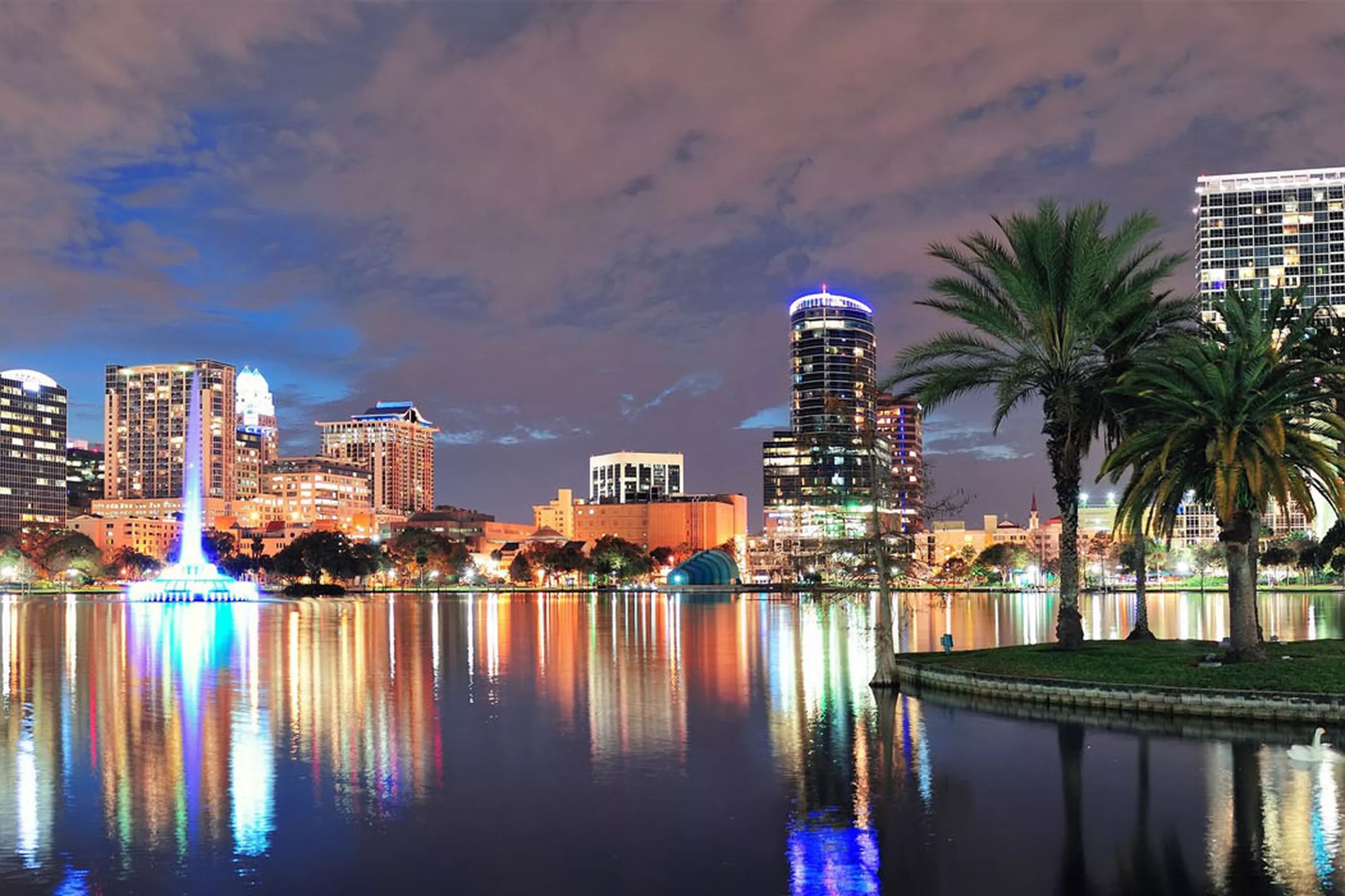
“The teams muddled through,” said Rodney Fort, a professor of sports management at the University of Michigan. Remarkably, while thousands of banks collapsed during the Depression and millions of people lost their jobs, no major league baseball franchises folded or moved during the period (though at least two changed hands, including the Boston Red Sox).

The end of the blue laws in Pennsylvania also helped franchises in Philadelphia and Pittsburgh, which, until 1934, had not been able to schedule home games on Sundays. Taking a cue from the minor leagues, the Cincinnati Reds in 1935 became the first team to host a night game, which proved very popular with fans. Several teams, including the Cubs, did not charge women for admission, a promotion that East Coast teams soon copied.Ī few teams generated income by allowing live radio broadcasts. The Cardinals, for instance, expanded their network of minor league teams. The Depression also forced teams to innovate. “Yet the period featured a galaxy of memorable personalities and some of the most memorable baseball ever played.” Some weaker teams survived partly because they received a share of the gate when they played against popular teams like the Yankees, the Cubs and the Giants. The Brooklyn Dodgers, which had gone deep into debt to expand Ebbets Field, received turn-off notices from the power company at its offices on Montague Street, according to Bob McGee, who wrote “The Greatest Ballpark Ever: Ebbets Field and the Story of the Brooklyn Dodgers,” which was published in 2005. In 1933, only the New York Giants and the Philadelphia Phillies finished the season in the black. Only the two pennant-winning teams - the Chicago Cubs and the Yankees - made money in 1932. Connie Mack sold many of the stars from the pennant-winning Philadelphia Athletics teams of 1929, 19. Even the best players - Babe Ruth among them - took pay cuts. Owners opted for 23-man rosters, down from 25. Many teams, strong and weak ones alike, kept costs down by reducing the number of coaches, or by eliminating them and employing player-managers. Ruth was among the players who took a pay cut during the Depression.

“Former business depressions have not hurt baseball,” he told The Associated Press, “and I do not think the present depression will materially affect attendance this year.”īabe Ruth in 1933 with Jacob Ruppert, the owner of the Yankees. Navin, the acting American League president and the owner of the Detroit Tigers, saw no sign of the impending collapse. The National League owners, however, did take the time to note that 5,145 dozen baseballs were used that year, a 10 percent increase, which disturbed their thrifty impulses.Īs the 1931 season dawned, Frank J. The stock market crashed in October 1929, but baseball enjoyed record attendance the next year, with more than 10 million fans passing through the turnstiles.Īt their winter meetings after the 1930 season, the owners made no significant changes or concessions. This slump, he said, is more analogous to the economic chaos of the 1930s, and historians should look to that era for hints on how teams will hold up in the coming years.Ĭlearly, times were tough, though the owners were slow to recognize what was to come. But Zimbalist and others who have studied the history of the game said the last few recessions were mild enough that even the weakest teams got by.


 0 kommentar(er)
0 kommentar(er)
